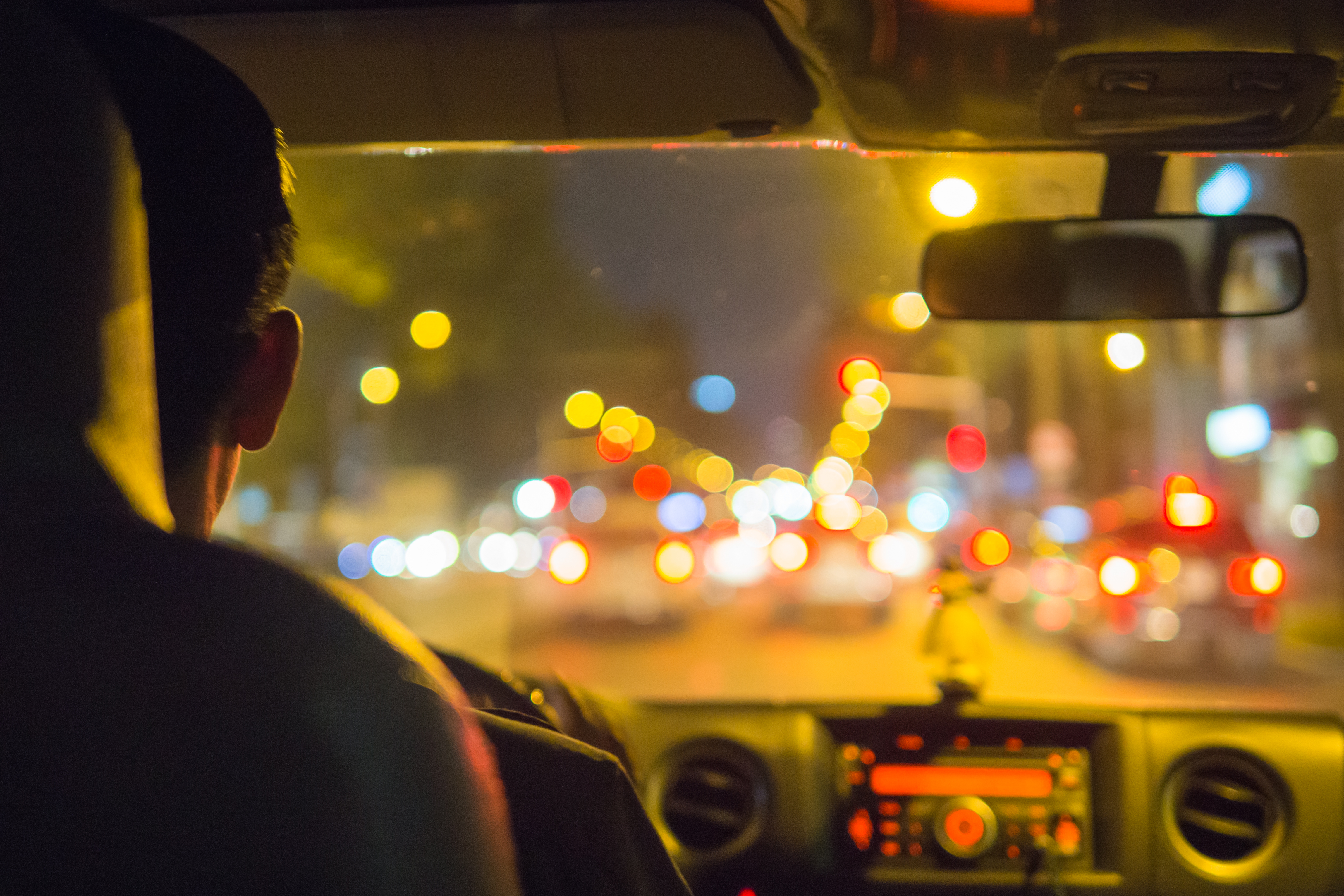
Driving at night is significantly more dangerous than motoring in daylight hours. The National Safety Council attributes this to lack of light, fatigue, rush hour traffic and compromised night vision. In this article, we look at the best practices for driving when it’s dark outside.
Before Driving
It’s good practice to do the following before you even start your car:
- Dim your dash lights. If your dash lights are too bright they can potentially cause distractions and even temporary blindness
- Check your headlights. Ensure your headlights are working properly and that they’re pointing directly ahead. You should also check that they’re clean and not oxidized. Give them a clean with a specialized product if they do show signs of oxidization.
- Consider installing fog lights. These project light low onto the ground and help you see better. Use your low beams in fog if you don’t have fog lights.
- Clean your mirrors and windshield. Clean your windshield inside and out to avoid any streaks that could cause a reflective glare.
- Schedule regular eye exams. Ensure you get your eyes tested regularly. Ask for anti-glare lenses if you wear glasses.
- Ensure you have auto insurance. Buy good comprehensive auto insurance in case the worst happens when you’re driving at night.
When Driving At Night
Following these tips when you’re driving at night will ensure you drive safely:
- Drive at a reduced speed. You can see far less at night than you can during the day. Reduce your speed to give you more time to react and to avoid collisions.
- Minimize distractions. Your reaction time could be delayed due to lack of visibility. Try not to drink, eat or talk while driving in the dark. Be alert and remain focused on the task at hand.
- Take frequent breaks. You cannot be focused and could potentially fall asleep behind the wheel when you’re tired. Take frequent breaks to minimize your risk.
- Scan the road. Scan the road ahead of you when you’re driving at night. You’ll stay alert and it will help with your peripheral vision.
- Look to the right edge of the road when an oncoming car passes you. You don’t want to be blinded by another car’s lights. So, divert your gaze momentarily. This enables you to stay on the road without swerving unintentionally.
Driving at night can be difficult. You can avoid causing accidents by following the advice above. In the event that you’re involved in an accident, be sure that you have the recommended auto insurance coverage.